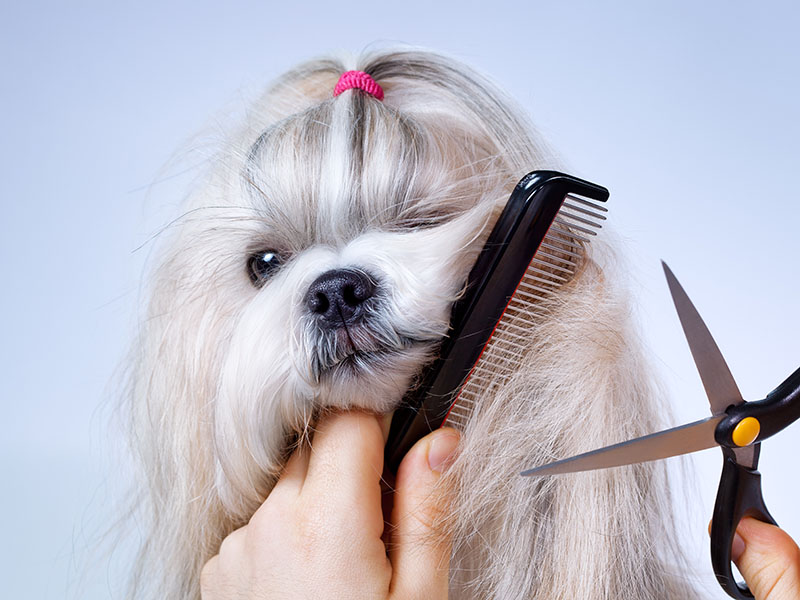Project Description
FEMALES (Spaying)
- Prevents signs of estrus (“heat”)
- Prevents blood stain on the carpet from the “heat” cycle.
- Decreases surplus of puppies and kittens.
- Decreases the chance of developing breast tumors later in life.
- Decreases the chance of cystic ovaries and uterine infections later in life.
- Anesthesia is a much lower risk at a younger age.
- Prevents breast development if done before breeding age.
- Females that are used for breeding should be spayed after that time to prevent disease conditions such as uterine infections and breast tumors later in life.


MALES (Neutering-Castration)
- Decreases desire to roam the neighborhood.
- Decreases aggression, pets become more affectionate
- Decreases incidence of prostate cancer later in life.
- Prevents odor of tom cat urine.
- Helps control tom cat spraying and marking furniture and walls.
Your community will also benefit!
Unwanted animals are becoming a very real concern. Stray animals can easily become a public nuisance; soiling parks and streets, ruining shrubs, frightening children or elderly people, creating noise and other disturbances, causing automobile accidents, and sometimes even killing livestock or other pets. As a potential source of rabies and other diseases, they can become a public health hazard. The capture, impoundment, and eventual destruction of unwanted animals costs taxpayers millions of dollars each year.
Facts about Spaying/Neutering
Spaying does NOT cause a pet to get fat or lazy. This comes from overfeeding and poor exercise.
Personalities are NOT altered by spaying. Personalities do NOT fully develop until two years of age. Aggressiveness and viciousness are not the result of surgery. Personalities will ONLY get better!
Surgical risk is very slight due to modern anesthesia and anesthetic techniques, but there is ALWAYS some SMALL risk when an anesthetic is used.
It is much easier on the pet to be spayed before going through a “heat” cycle, due to the smaller size of the reproductive tract.
Best age to spay is 6-8 months of age for female pets, while neutering should normally be done between 6 and 8 months of age for male pets.
Surgery is performed painlessly while your pet is under general anesthesia. Post-surgical pain is minimal. Male pets often go home the same day surgery is performed. Female pets usually stay one night in the hospital.
